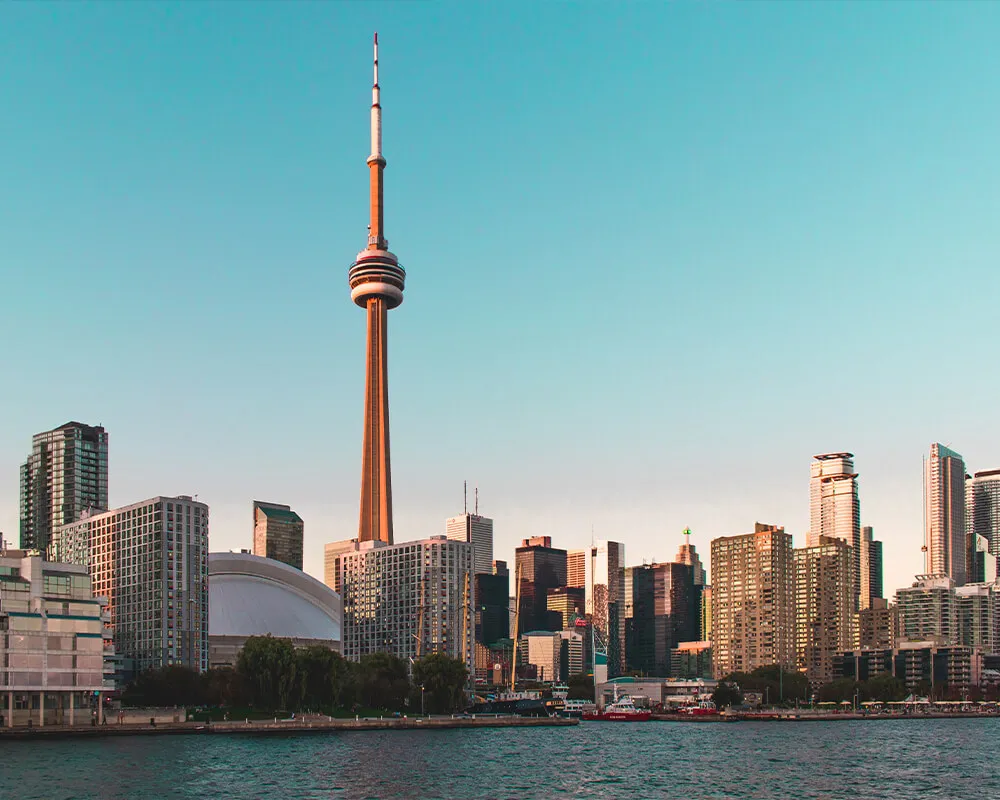The first inhabitants of Canada were native Indian peoples, primarily the Inuit (Eskimo). The Norse explorer Leif Eriksson probably reached the shores of Canada (Labrador or Nova Scotia) in 1000, but the history of the white man in the country actually began in 1497, when John Cabot, an Italian in the service of Henry VII of England, reached Newfoundland or Nova Scotia. Canada was taken for France in 1534 by Jacques Cartier.
The actual settlement of New France, as it was then called, began in 1604 at Port Royal in what is now Nova Scotia; in 1608, Québec was founded. France's colonization efforts were not very successful, but French explorers by the end of the 17th century had penetrated beyond the Great Lakes to the western prairies and south along the Mississippi to the Gulf of Mexico.
Meanwhile, the English Hudson's Bay Company had been established in 1670. Because of the valuable fisheries and fur trade, a conflict developed between the French and English; in 1713, Newfoundland, Hudson Bay, and Nova Scotia (Acadia) were lost to England.
During the Seven Years' War (1756−1763), England extended its conquest, and the British general James Wolfe won his famous victory over Gen. Louis Montcalm outside Québec on Sept. 13, 1759. The Treaty of Paris in 1763 gave England control.
Later in 1776, the year of American Independence, colonists loyal to the British Empire fled USA and settled in Canada.
